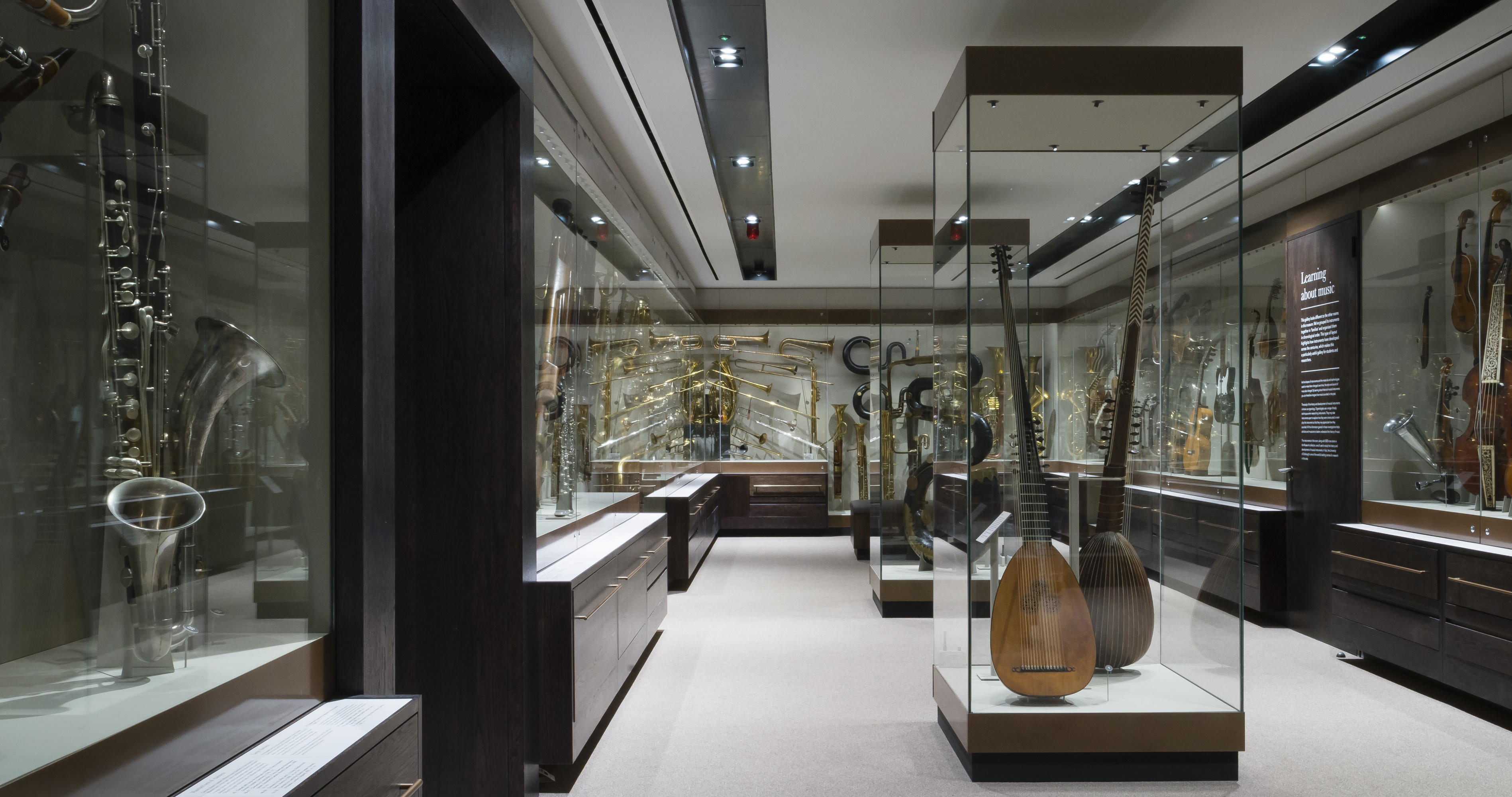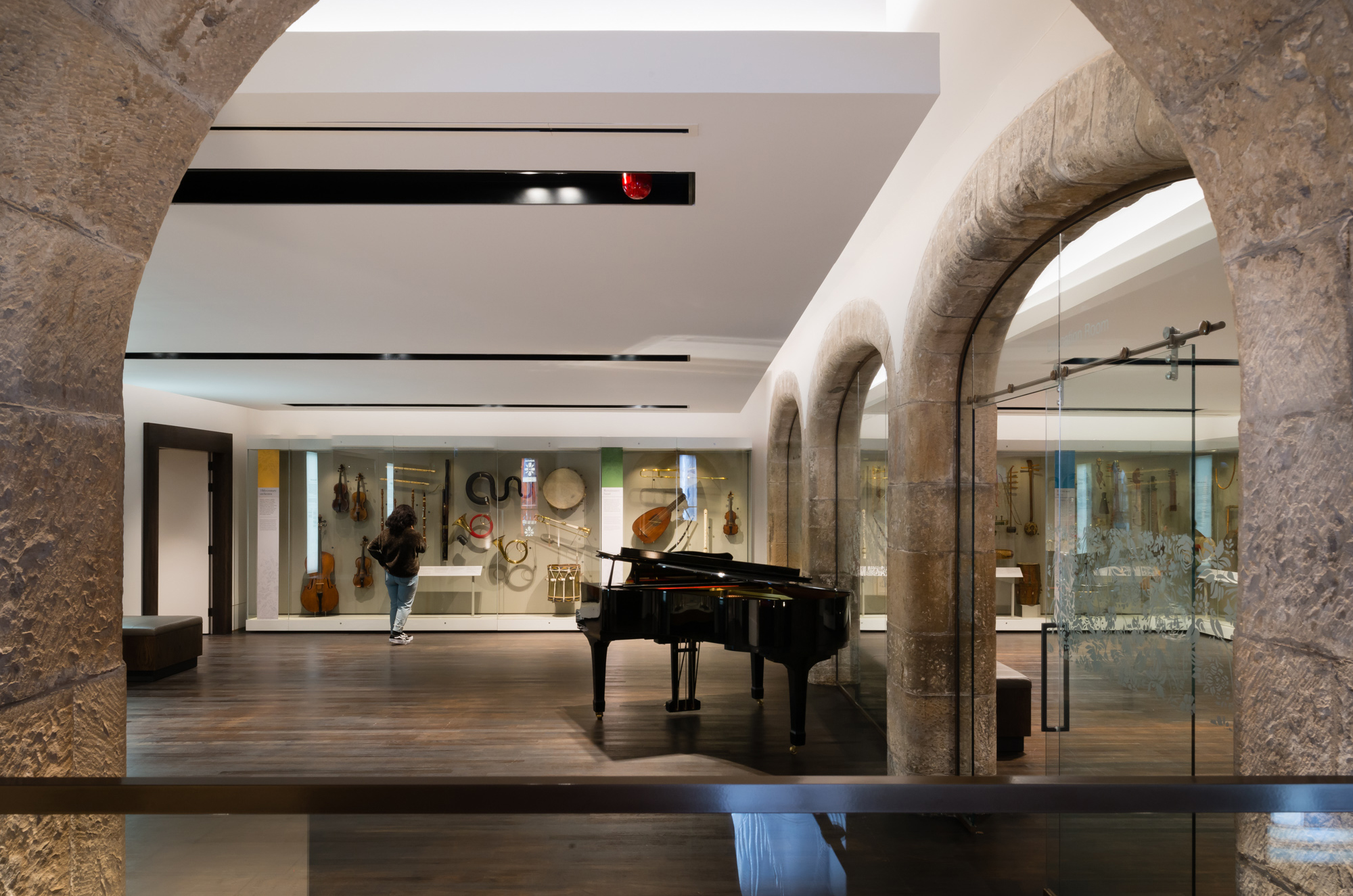Website accessibility statement inline with Public Sector Body (Websites and Mobile Applications) (No. 2) Accessibility Regulations 2018
This accessibility statement applies to: https://www.stcecilias.ed.ac.uk/
This website is run by, Library and University Collections Directorate, Information Services Group at the University of Edinburgh. We want as many people as possible to be able to use this application. For example, that means you should be able to:
- Change colours, contrast levels and fonts
- Navigate most of the website using just a keyboard
- Listen to most of the website using a screen reader (including the most recent versions of JAWS, NVDA and VoiceOver)
- Navigate through most parts of the site using voice recognition software e.g., Dragon
- Experience no time limits when using the websit
We’ve also made the website text as simple as possible to understand. However, some of our content is technical, and we use technical terms where there is no easier wording we could use without changing what the text means.
Customising the website
AbilityNet has advice on making your device easier to use if you have a disability. This is an external site with suggestions to make your computer more accessible:
AbilityNet – My Computer My Way
With a few simple steps you can customise the appearance of our website using your browser settings to make it easier to read and navigate:
Additional information on how to customise our website appearance
If you are a member of University staff or a student, you can use the free SensusAccess accessible document conversion service:
How accessible this website is
We know some parts of this website are not fully accessible:
- There are examples of text as an image on the site
- Some information is conveyed by colour only
- Some colour contrasts do not meet the necessary standard
- Not all non-text content has appropriate alternative text
- Some links open in new windows or tabs without warning
- Some links are not formatted with meaningful hypertext
- It can sometimes be hard to tell where you have navigated to using a keyboard.
- Keyboard navigation does not always follow a logical order
- There is no skip to main content function
- Some parts of the website are not able to be customized depending on the browser used
- Not all content is compatible with screen readers or voice recognition software
- Headings are not coded correctly and therefore are not recognised by screen readers
- There are some examples of moving content which cannot be paused.
- Some audio-visual content starts playing automatically.
- Not all audio-visual content carries human-correct captions or audio-description.
- Some portable document format (PDF) files are not fully accessible;
Feedback and contact information
If you need information on this website in a different format, including accessible PDF, large print, audio recording or braille:
- Email: Information.systems@ed.ac.uk
- Telephone: +44 (0)131 651 5151
- British Sign Language (BSL) users can contact us via Contact Scotland BSL, the on-line BSL interpreting service.
We will consider your request and get back to you in 5 working days.
Reporting accessibility problems with this website
We are always looking to improve the accessibility of this website. If you find any problems not listed on this page, or think we’re not meeting accessibility requirements, please contact:
- Email: Information.systems@ed.ac.uk
- Telephone: +44 (0)131 651 5151
- British Sign Language (BSL) users can contact us via Contact Scotland BSL, the on-line BSL interpreting service.
We will consider your request and get back to you in 5 working days.
Enforcement procedure
The Equality and Human Rights Commission (EHRC) is responsible for enforcing the Public Sector Bodies (Websites and Mobile Applications) (No. 2) Accessibility Regulations 2018 (the ‘accessibility regulations’). If you’re not happy with how we respond to your complaint please contact the Equality Advisory and Support Service (EASS) directly:
Contact details for the Equality Advisory and Support Service (EASS)
The government has produced information on how to report accessibility issues:
Reporting an accessibility problem on a public sector website
Contacting us by phone using British Sign Language
British Sign Language service
Contact Scotland BSL runs a service for British Sign Language users and all of Scotland’s public bodies using video relay. This enables sign language users to contact public bodies and vice versa. The service operates from 8.00am to 12.00am, 7 days a week.
Contact Scotland BSL service details.
Technical information about this website’s accessibility
The University of Edinburgh is committed to making its websites and applications accessible, in accordance with the Public Sector Bodies (Websites and Mobile Applications) (No. 2) Accessibility Regulations 2018.
Compliance Status
This website is partially compliant with the Web Content Accessibility Guidelines (WCAG) 2.2 AA standard, due to the non-compliances listed below.
The full guidelines are available at:
Web Content Accessibility Guidelines (WCAG) 2.2 AA standard
Non accessible content
The content listed below is non-accessible for the following reasons.
Noncompliance with the accessibility regulations
The following items to not comply with the WCAG 2.2 AA success criteria:
- Not all non-text items have alternative text
- Some video content does not have transcript present
- Some audio content does not have captions present
- There is no audio description provided for audio-visual content
- Some hyperlinks and headings are conveyed with colour only
- There were colour contrast issues
- Readability of the content is affected when site is magnified beyond 400%
- Some items are examples of text as an image and do not contain the appropriate alternative text
- Readability of the content is affected when site is magnified beyond 400%
- There are some moving content which cannot be paused or start playing automatically
- No skip to main content button is enabled on some pages of the site
- Keyboard navigation does not always follow a logical order
- Some links do not contain meaningful hypertext to inform the user of their target location
- Headings are not formatted correctly, which affects screen reader software
- The focus indicator is not clearly visible
- Some hyperlinks open link in new tab/window, and some popups do not alert the user this will happen
- The website is not fully compatible with assistive software as not all items are coded correctly
- Not all PDF documents are fully accessible
We aim to improve our websites accessibility on a regular and continuous basis. See the section below (‘What we’re doing to improve accessibility’) on how we are improving our site accessibility.
We are working towards solving these problems and significant improvements will be made by May 2025. The site is fully within our control .
Disproportionate burden
We are not currently claiming that any accessibility problems would be a disproportionate burden to fix.
Content that’s not within the scope of the accessibility regulations
Our site includes reproductions of items in heritage collections that cannot be made fully accessible because doing so would either damage the item or it is not possible to extract the text from the manuscripts. These items are exempt from meeting the accessibility regulations such as excerpts from ancient anatomy manuals.
What we’re doing to improve accessibility
We will continue to address and make adequate improvements to the accessibility issues highlighted. Unless specified otherwise, a complete solution or significant improvement will be in place by May 2025.
While we are in the process of resolving these accessibility issues we will ensure reasonable adjustments are in place to make sure no user is disadvantaged. As changes are made, we will continue to review accessibility and retest the accessibility of this website.
Preparation of this accessibility statement
This statement was prepared on 9th March 2021. It was last reviewed on 8th May 2024.
The website was last tested in April 2024. The testing was carried out by Library and University Collections, Information Services Group at the University of Edinburgh using both automated and manual methods. The site was tested on a PC, primarily using Microsoft Edge alongside Mozilla Firefox and Google Chrome.
Recent world-wide usage levels survey for different screen readers and browsers shows that Chrome, Mozilla Firefox and Microsoft Edge are increasing in popularity and Google Chrome is now the favoured browser for screen readers:
WebAIM: Screen Reader User Survey
The aforementioned three browsers have been used in certain questions for reasons of breadth and variety.
We ran automated testing using WAVE WebAIM and then manual testing that included:
- Spell check functionality;
- Scaling using different resolutions and reflow;
- Options to customise the interface (magnification, font, background colour, etc);
- Keyboard navigation and keyboard traps;
- Warning of links opening in new tab or window;
- Information conveyed in the colour or sound only;
- Flashing, moving or scrolling text;
- Use with screen reading software (for example JAWS);
- Assistive software (TextHelp Read and Write, Windows Magnifier, ZoomText, Dragon Naturally Speaking, TalkBack and VoiceOver);
- Tooltips and text alternatives for any non-text content;
- Time limits;
- Compatibility with mobile accessibility functionality (Android and iOS)
- Any drag functionality and alternatives
- Consistent help function
- No need to re-enter data already submitted
- Any cognitive tests







